Three fresh development applications awaiting a recommendation from the Planning Authority (PA), along with another undergoing screening, have been filed in the picturesque Għeriexem area, in a marked intensification of permit applications in the area.
Two of the applications, filed by separate applicants through the same architecture firm, envisage an intensification in the built-up footprint of an area that is, across all applications mentioned in this article, in the Outside Development Zone (ODZ).
PA/7994/21, filed by Mario Vella through JG Periti, the same firm that was contracted for the highly controversial Pulvich explosives factory application, seeks to demolish damaged pre-1994 agricultural structures and rebuild them.
The other application, PA/718/22, filed by Oliver Abela through the same architects, proposes the construction of an entirely new agricultural store including the creation of an access point and the installation of a gate.
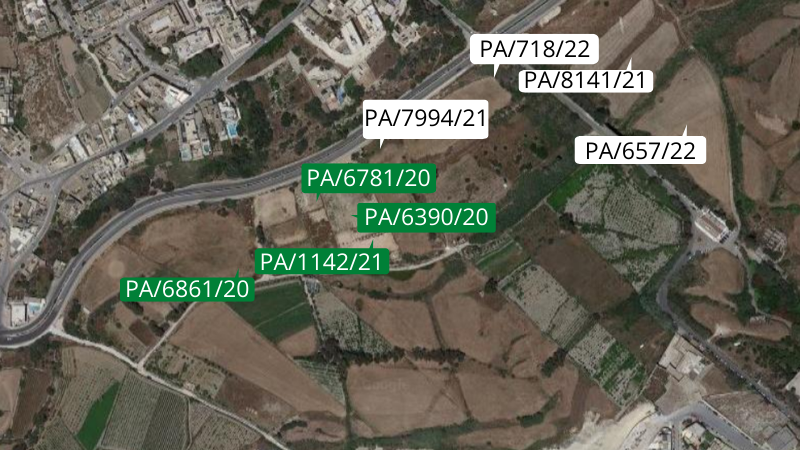
Figure 1 – A Google Maps screenshot which shows the approximate locations of each application in the area.
White boxes denote pending applications while green ones denote applications which have already been approved.
Both of these applications elicited objections from conservation NGO Din L-Art Ħelwa, which stressed that the reconstruction of the agricultural store in PA/7994/21 “is deemed excessive in size” and that the applicant “has not provided proof of enough arable farming”.
For both applications, the NGO stated that the approval of these proposed developments could lead to “the further unjustified formalization of the rural area through piecemeal approval of such structures permanently altering the unspoilt and unbuilt nature of the countryside”.
Another recently filed application in the same area, PA/657/22, seeks permission to excavate a reservoir, erect an agricultural store and a pump room. The applicant is named George Bonello, and the application was filed by architect Anthony Robinson.
Yet again, this application has elicited an objection from Din L-Art Ħelwa on similar grounds to the two cited above, referencing the Rural Policy Design Guidelines and the objectives outlined by the policy that the application does not adhere to.
According to the policy, such applications in rural areas should aim to manage space and environmental resources sustainably in a way which protects the rural environment and limits the uptake of land as much as possible. Another objective laid out by the policy is meant to ensure that rural areas are not exploited by uses which are not legitimately necessary.
A fourth application in the same area, PA/8141/21, is seeking permission to build shallow, sloped 1m channels for water drainage as well as the sanctioning of the deposition of inert construction waste and covering it with soil, a practice that was already allowed via an agricultural permit.
This application was filed by Paul Falzon through his architect, Charles Buhagiar. The same applicant is facing an active enforcement notice for the dumping and levelling of material in the same area.
The pending applications represent only a part of the overall picture of development in the area, given that quite a few similar ones have already been approved.
Four other applications, all of which involve reservoirs, agricultural store rooms and/or pump rooms, have already been approved (marked in green in Figure 1). Three further applications in the same area, that were previously monitored by The Shift in an investigation which uncovered illegal development works in the general Rabat and Mtarfa areas, were withdrawn by the applicants.

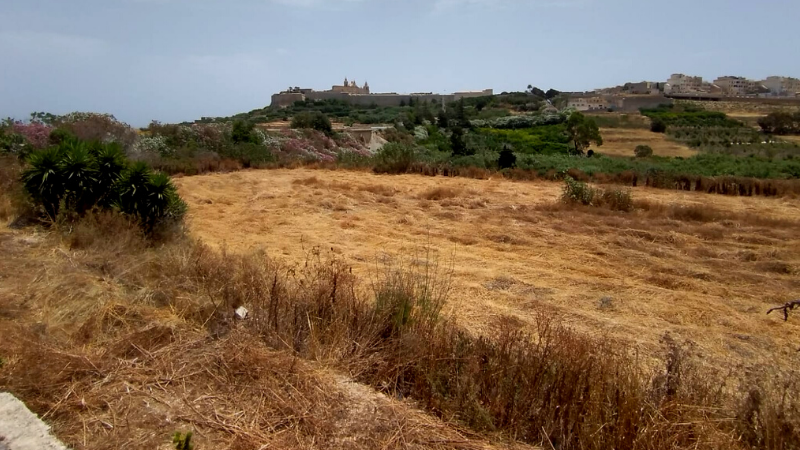

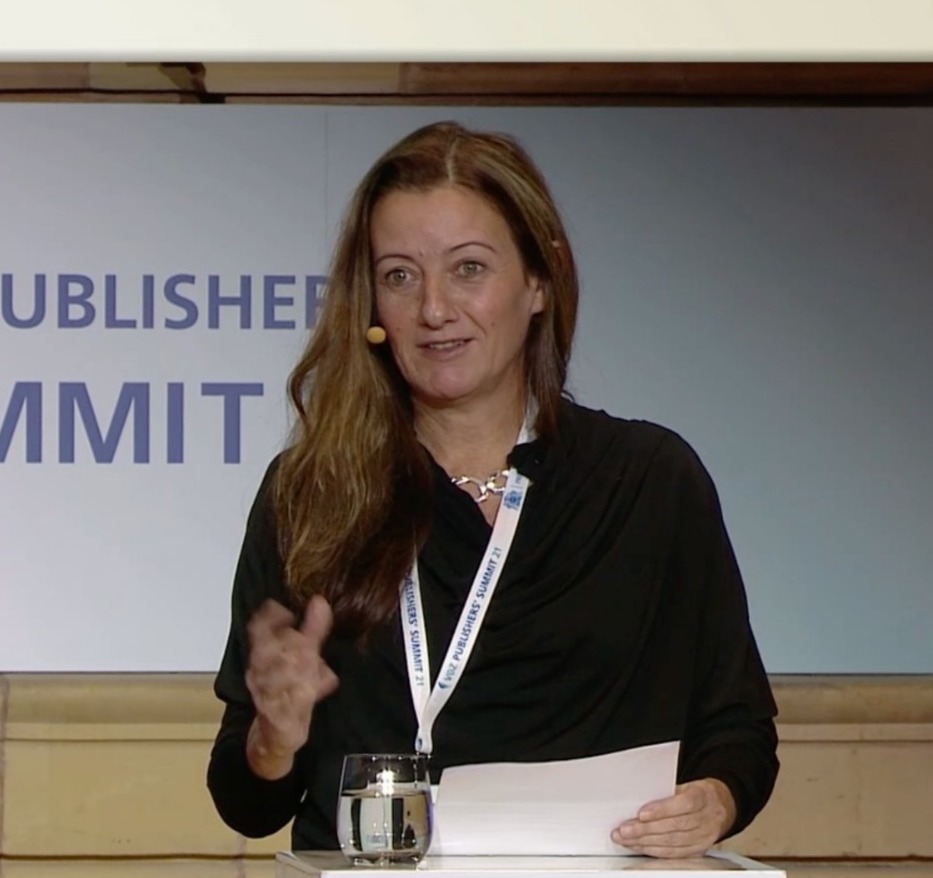

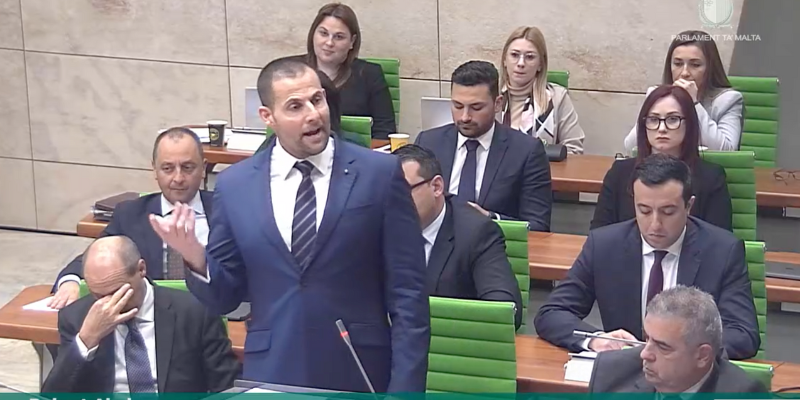

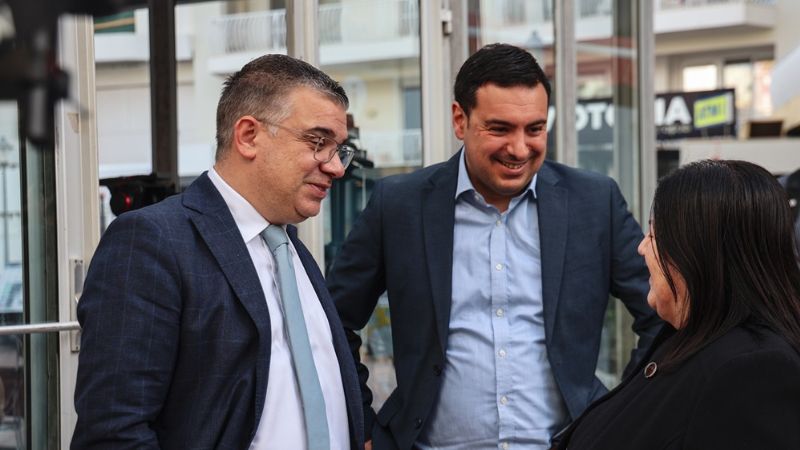







The very sad ( and perhaps good?) thing is that soon there will be nothing left for the planning authority to destroy.
Poor Malta.
Its everywhere. Applying for agriculture store with reservoiur and the permit is granted! U tohrog l ghageb hadd min dawn ma huma bdiewa fulltime! U biex johrog permess ghal kamra f ghelieqi suppost irid ikollok ma nafx kemm l tomna raba! Dawn l kmamar mhux qed jintuzaw ghal skop agrikolu, qed ikunu irriklamati fuq facebook ghal kiri!! Hmieg u reghba ma kullimkien!